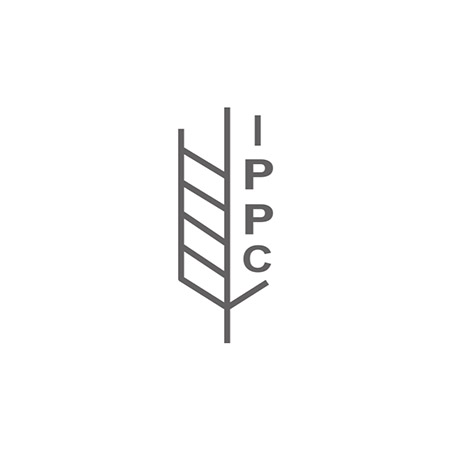Home / ISPM15 - Protection Of International Ecosystems
ISPM15 - Protection Of International Ecosystems
ISPM15 Compliance: PALLETEX, Bangalore Ensuring the Protection of International Ecosystems through Wooden Packaging Materials

ISPM15, which stands for International Standards for Phytosanitary Measures No. 15, is a globally recognized regulation designed to safeguard international ecosystems from the risks associated with the movement of wooden packaging materials. The objective of ISPM15 is to prevent the spread of pests and diseases that can be transported through wooden packaging materials, such as wooden pallets, crates, and dunnage.
The need for ISPM15 arises from the fact that wood, as a natural and organic material, can harbor various pests and pathogens that may pose a threat to plant health in different regions of the world. These pests and diseases can have significant ecological, economic, and environmental consequences, including crop damage, forest destruction, and loss of biodiversity.
To address these concerns, ISPM15 sets forth specific guidelines and treatment requirements for wooden packaging materials to ensure they are free from pests and diseases before being used in international trade. The primary method of treatment prescribed by ISPM15 is heat treatment or fumigation with methyl bromide. These treatments effectively eliminate or neutralize any pests or pathogens present in the wood, rendering it safe for international transport.
Compliance with ISPM15 is crucial for companies involved in global trade, particularly those engaged in the export and import of goods using wooden packaging materials. Non-compliance can result in severe consequences, such as rejected shipments, delays, financial penalties, and reputational damage.
Certification and marking are integral aspects of ISPM15 compliance. Wooden packaging materials that meet the ISPM15 requirements must be appropriately marked with the approved international symbol, commonly known as the "wheat stamp" or "bug stamp." This mark indicates that the wood has undergone the necessary treatment and is compliant with the regulation.
It is important to note that ISPM15 applies to all solid wood packaging materials, including pallets, crates, boxes, and drums, regardless of their size or purpose. However, exemptions exist for certain processed wood products, such as plywood, particleboard, and oriented strand board, which are considered low-risk in terms of pest transmission.
By adhering to the guidelines outlined in ISPM15, countries can reduce the risk of introducing harmful pests and diseases into their ecosystems through wooden packaging materials. This international standard plays a vital role in maintaining the health and sustainability of global plant resources, protecting agriculture, forestry, and biodiversity on a global scale.
In summary, ISPM15 serves as a critical framework for the protection of international ecosystems by ensuring that wooden packaging materials used in international trade are treated and free from pests and diseases. Compliance with ISPM15 regulations helps to mitigate the risks associated with the movement of wood products, thereby safeguarding plant health and preserving the delicate balance of ecosystems worldwide.